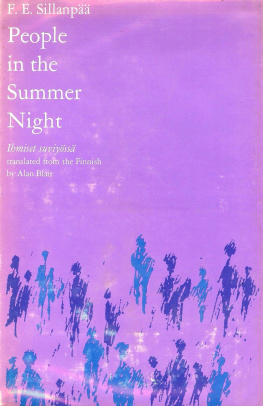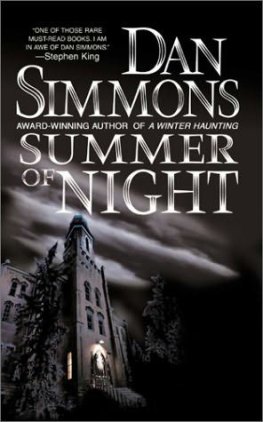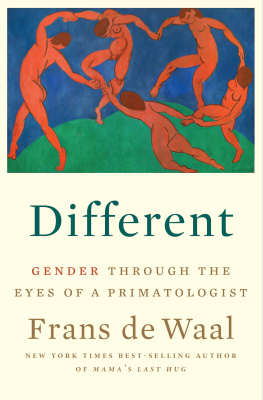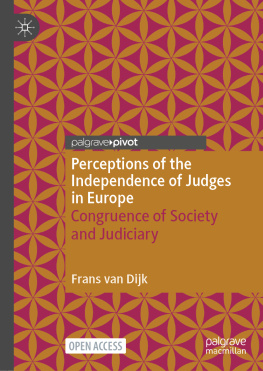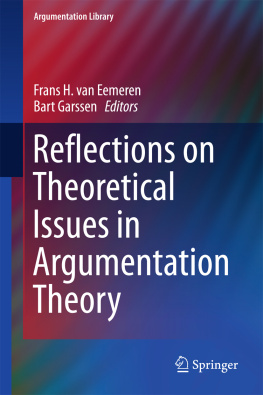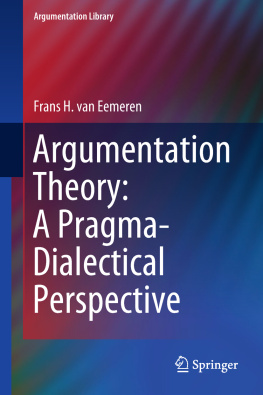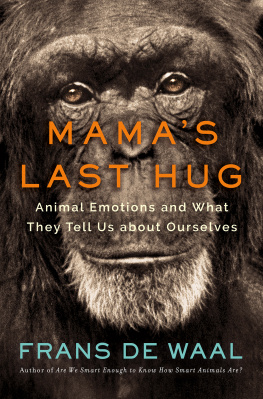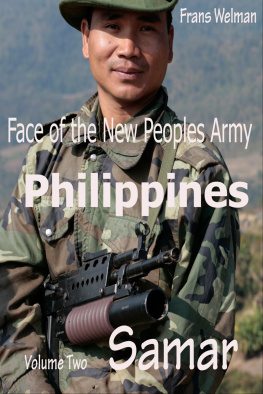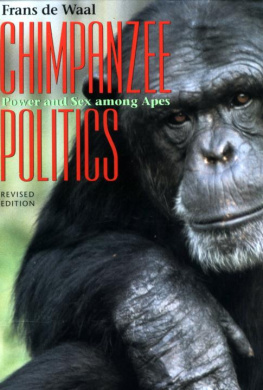Frans Eemil Sillanpaa - People in the Summer Night: An Epic Suite
Here you can read online Frans Eemil Sillanpaa - People in the Summer Night: An Epic Suite full text of the book (entire story) in english for free. Download pdf and epub, get meaning, cover and reviews about this ebook. year: 1966, publisher: Univ of Wisconsin Pr, genre: Detective and thriller. Description of the work, (preface) as well as reviews are available. Best literature library LitArk.com created for fans of good reading and offers a wide selection of genres:
Romance novel
Science fiction
Adventure
Detective
Science
History
Home and family
Prose
Art
Politics
Computer
Non-fiction
Religion
Business
Children
Humor
Choose a favorite category and find really read worthwhile books. Enjoy immersion in the world of imagination, feel the emotions of the characters or learn something new for yourself, make an fascinating discovery.
- Book:People in the Summer Night: An Epic Suite
- Author:
- Publisher:Univ of Wisconsin Pr
- Genre:
- Year:1966
- Rating:3 / 5
- Favourites:Add to favourites
- Your mark:
- 60
- 1
- 2
- 3
- 4
- 5
People in the Summer Night: An Epic Suite: summary, description and annotation
We offer to read an annotation, description, summary or preface (depends on what the author of the book "People in the Summer Night: An Epic Suite" wrote himself). If you haven't found the necessary information about the book — write in the comments, we will try to find it.
People in the Summer Night: An Epic Suite — read online for free the complete book (whole text) full work
Below is the text of the book, divided by pages. System saving the place of the last page read, allows you to conveniently read the book "People in the Summer Night: An Epic Suite" online for free, without having to search again every time where you left off. Put a bookmark, and you can go to the page where you finished reading at any time.
Font size:
Interval:
Bookmark:
F. E. SILLANP
People in the Summer Night
Translated from the Finnish by Alan Blair
Madison, Milwaukee, and London,
1966
Published by
the University of Wisconsin Press
Madison, Milwaukee, and London
U.S.A.: Box 1379, Madison, Wisconsin 53701
U.K.: 26-28 Hallam Street, London, W.1
English translation
copyright 1966 by the Regents of
the University of Wisconsin
Originally published by
Kustannusosakeyhti Otava
Helsinki, Finland
Copyright 1934 by
Kustannusosakeyhti Otava
Printed in the United States of America
by the George Banta Company, Inc.,
Menasha, Wisconsin
Library of Congress Catalog
Card Number 66-13807
Introduction
In 1888, when Frans Eemil Sillanp was born, the industrialization of Finland had scarcely begun; and thirty years ago, when People in the Summer Night was written, Finland was still largely an agrarian country. Even today not more than forty per cent of the Finns live in cities or towns, and as a matter of fact nearly every one of them maintains some connection with the countryside. Most town dwellers do not dream of clustering together at resorts on their vacations nor do they choose to remain in their city homes; they do their utmost to spend some time in the country, by a lake or by the sea, in a summer house, rented or owned, or at least in a boarding house situated somewhere well away from urban civilization.
To such an audience the works of Sillanp are an embodiment and apotheosis of the spirit in which they themselves regard the landscape and its inhabitants. His Finnish readers are close enough to the life of the countryside to understand the arts of agriculture and husbandry, and indeed they often pride themselves on being versed in the performance of various country chores. How to make hay, how to row a boat and lay a fish net, how to cut firewood, and how to heat a sauna for the indispensable Saturday steam bath, these are as natural a part of their lives as reading and writing. Their concept of the ideal existence is very tangible.
Despite his love of the countryside, the urban Finn remains only a guest and an amateur in the pastoral life. But this is not true of Sillanp. Sillanp was born and bred in a country cottage, and because he possessed the refined sensibilities of the artist, he was able to express his understanding of the rural life in his art. He cherishes the landscape; he is familiar with its every form of life; and he is sympathetic to its people. He is attuned to their thoughts and reactions and seems to perceive what is uppermost in their minds in any given situation and what is concealed behind their cautiously constructed faades. If Robert Frost had ever written novels, they might have had a pensiveness, a tender care of nuances, and also a shrewdness and bluntness not unlike Sillanps.
Young Frans Eemil, the son of a crofter and farm hand, lived his early years under a very modest roof. Still, poverty in the flourishing countryside of Sillanps native Hmeenkyr parish in southwestern Finland, whose land has been cultivated since the early Middle Ages, is quite different from poverty in an urban slum, as Sillanp soon learned. In order to acquire a secondary education, Sillanp was sent to the industrial town of Tampere, where his living conditions were far meaner than any he had known before. In spite of overcrowded quarters and meager fare, he achieved the high marks which permitted him to matriculate at Helsinki University.
During his four or five years at the university, Sillanp was assisted financially by friends whose intent was to educate a future doctor or biology teacher; but his friends were rewarded even more richly by having helped a potential great writer expand his horizons and aspirations and formulate his view of life. Although Sillanpa earned no academic degree during his sojourn at the university, his studies of biology, evolution, and the physical sciences changed his thinking and revealed new ideas which influenced his whole outlook. In 1908 the ideas of Darwin, Haeckel, and Ostwald still carried the impact of new and challenging truth, and to Sillanp they confirmed and explained what experience and instinct had already suggested to him: that man exists only within the framework of the biological laws that govern all species, filling his niche in nature just as any other species must.
From such views as these which do not deify but merely categorize man, and from Sillanps humble origins and years of crude, almost squalid living, one might expect Sillanps writing to reflect harshness, coarseness, or brutality. On the contrary, he has a keen eye for the subtlest of changes, not only in the visible manifestations but in the moods and the sentiments, both of nature and of man, and his language adjusts with equal sensitivity to transmit what his eye beholds. Indeed, Sillanps prose is remarkable in itself. Finnish is a very fluid language which admits free and novel uses, shades of meaning, and variations of word pattern. Sillanp masterfully exploits these possibilities, yet balances his often long and flowing sentences with the utmost precision. His words sometimes seem to jostle each other along amid a sort of jovial crowding until each one of them falls into its exact place. The final effect is one of full-bodied prose, with a richness of taste and almost a palpability to the touch; in fact, in attempting to describe his prose, one seems unavoidably to use words that denote physical and sensual qualities.
The idea of becoming an author was not new to Sillanp at the time he began his writing as a serious career. Even in primary school he had written some stories which were published in a childrens magazine. Much later, after his inauspicious undergraduate venture, when he had returned home to his parents with a deep sense of failure, he began to write short stories in earnest. In 1915 he sent these stories to the editor of the daily paper Uusi Suometar and, somewhat to his surprise, found them eagerly accepted for publication. Thus his career was decided upon, not only by himself, but also by a foresighted publisher, Jalmari Jntti, who had read the stories and immediately requested publication rights for a collection of them. Since Sillanp had by then begun a novel, he was set up in comfortable quarters and told to complete the book at the publishers own expense. Thus relieved, for a time at least, of financial cares, Sillanp finished his first book, Elm ja aurinko (The Life and the Sun), in 1916 and found himself quite suddenly established as a very promising writer. In this same year he married Sigrid Maria Salomki, a girl from his home parish, who was to bear him four children and remain his devoted companion until her death in 1939, a few months before she would have shared his joy in the crowning distinction of the Nobel Prize.
Soon came 1918, an ominous year in Finland. The short but bloody civil war, with its long aftermath of retaliation and hatred, won Finland her independence but nearly rent her in two. Sillanp took no part in the war. Many crofters and farm laborers fought on the Red side, people of the class to which Sillanp himself belonged by birth. However, by education and profession he too had become absorbed into the social stratum that comprised the Whites. From his deep sympathy with both sides and his understanding of their human motives, he created one of his great novels, Hurskas kurjuus, published in 1919: It is the story of a crofter who loses his life in the rebellion, a bewildered and miserable, unloved and unlovely hero, but one who, by the magic of his creator, becomes a symbol of a common humanity, of the dignity and worth of man.
Sillanp next wrote and published several books of short stories and essays, ranging from fiction to rambling, chatty semi-autobiographical sketches. In these, as well as in most of his novels, he does not pretend to stand aside from his themes and create detached works of art. Often he talks directly to the reader without disguising his narrators voice or suppressing opinions. He visibly directs the stream of his prose, channeling it, smoothing the way for it, widening or narrowing it, and sometimes himself remarking on its flow. This could be tedious, were it not for his ability to qualify and clarify what he has to say.
Next pageFont size:
Interval:
Bookmark:
Similar books «People in the Summer Night: An Epic Suite»
Look at similar books to People in the Summer Night: An Epic Suite. We have selected literature similar in name and meaning in the hope of providing readers with more options to find new, interesting, not yet read works.
Discussion, reviews of the book People in the Summer Night: An Epic Suite and just readers' own opinions. Leave your comments, write what you think about the work, its meaning or the main characters. Specify what exactly you liked and what you didn't like, and why you think so.

